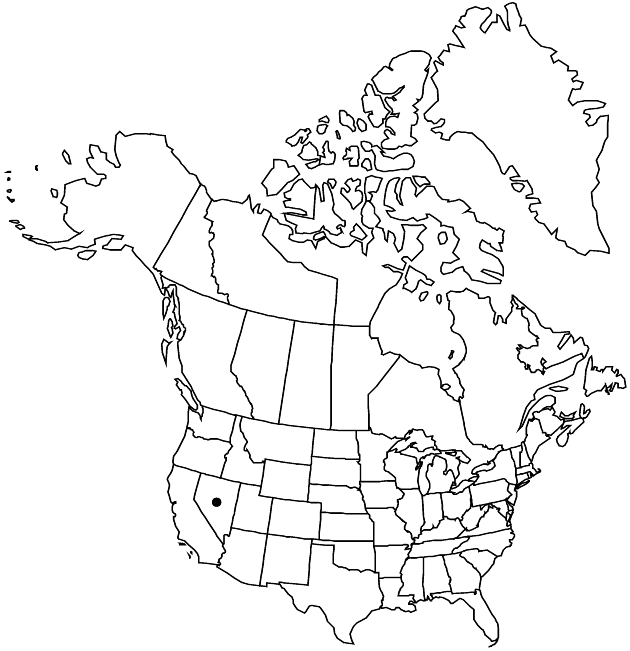Difference between revisions of "Erigeron cavernensis"
Great Basin Naturalist 48: 495, fig. 1. 1988.
FNA>Volume Importer |
FNA>Volume Importer |
||
| Line 34: | Line 34: | ||
-->{{#Taxon: | -->{{#Taxon: | ||
name=Erigeron cavernensis | name=Erigeron cavernensis | ||
| − | |||
|authority=S. L. Welsh & N. D. Atwood | |authority=S. L. Welsh & N. D. Atwood | ||
|rank=species | |rank=species | ||
| Line 49: | Line 48: | ||
|publication year=1988 | |publication year=1988 | ||
|special status= | |special status= | ||
| − | |source xml=https://jpend@bitbucket.org/aafc-mbb/fna-data-curation.git/src/ | + | |source xml=https://jpend@bitbucket.org/aafc-mbb/fna-data-curation.git/src/eaa6e58056e40c9ef614d8f47aea294977a1a5e9/coarse_grained_fna_xml/V19-20-21/V20_662.xml |
|tribe=Asteraceae tribe Astereae | |tribe=Asteraceae tribe Astereae | ||
|genus=Erigeron | |genus=Erigeron | ||
Revision as of 19:29, 16 December 2019
Perennials, 1–6 cm (cespitose); taprooted, caudex branches usually relatively slender, lignescent, sometimes relatively elongate. Stems erect, sparsely to densely villous to hirsuto-villous, densely minutely glandular. Leaves all or mostly basal (persistent; petioles densely spreading-ciliate, cilia relatively thin-based); blades spatulate to oblanceolate-spatulate, 5–20(–28) × (1.5–)2–6 mm (bases abruptly contracted to petioles), margins entire, faces densely hirsuto-canescent, densely minutely glandular. Heads 1. Involucres 3.5–4.5 × 5–8(–10) mm. Phyllaries in 2(–3) series (often purplish,) sparsely hirsuto-villous, densely villous basally, evenly, densely minutely glandular. Ray florets (12–)16–24; corollas white to pinkish or lavender, sometimes with faint pink or lavender abaxial midstripe, 4.5–6 mm, laminae weakly coiling. Disc corollas 1.9–2.1 mm. Cypselae 1–1.2 mm, 2-nerved, faces strigose; pappi: outer of setae, inner of (11–)13–20 bristles.
Phenology: Flowering Jun–Jul.
Habitat: Limestone ridges, outcrops, and cliffs, often with bristlecone pine, limber pine, spruce
Elevation: 2100–3400 m
Discussion
Of conservation concern.
Erigeron cavernensis has been treated as a synonym of E. uncialis (A. Cronquist 1994; G. L. Nesom 1992b); E. uncialis var. conjugans, which closely approaches E. cavernensis in its geographic range, is markedly different from the latter and perhaps more similar to E. cronquistii. Erigeron uncialis var. uncialis and E. uncialis var. conjugans, though different in vestiture, have more features in common among themselves and contrast as a unit with E. cavernensis.
Selected References
None.
